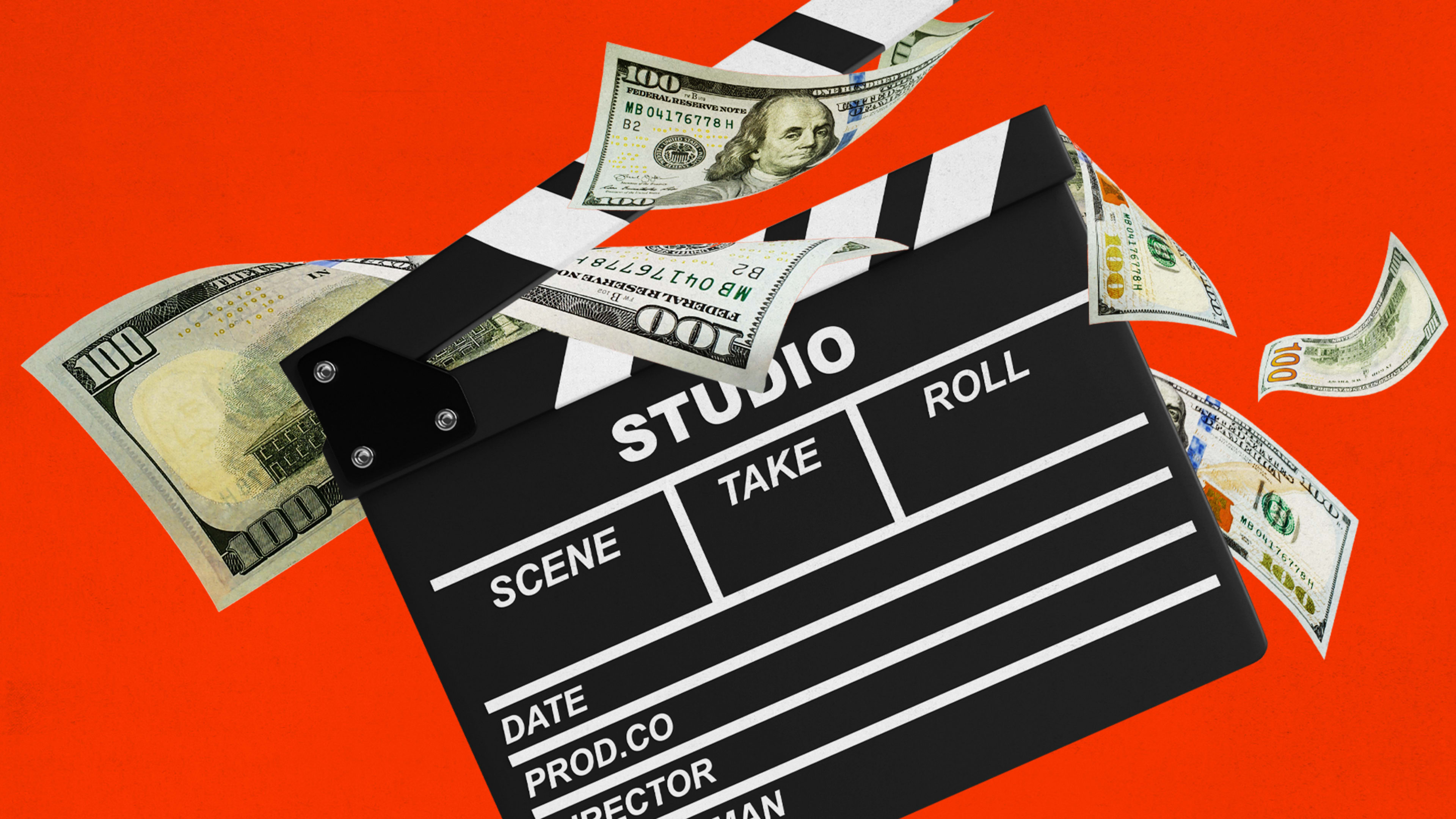It’s oft said that diversity in Hollywood is paramount, as films and television continue to drum up cultural beliefs and script societal worldviews. But according to a new report from McKinsey, it’s not just about social change: Creating a more racially equitable industry could have a quantifiable impact in cold, hard cash—to the tune of $10 billion.
“By addressing the persistent racial inequities, the industry could reap an additional $10 billion in annual revenues—about 7 percent more than the assessed baseline of $148 billion,” read the report, shared with Fast Company. It cited data from Creative Artists Agency and Parrot Analytics which found the demand for shows where at least 40% of the cast is diverse has more than doubled in the last three years, while the supply of such shows has increased by less than half.
More specifically, the report said, “Fewer Black-led stories get told . . . despite often earning higher relative returns than other properties.”
Top directors, producers, and writers are still disproportionately more white than Black, with Black talent holding just 6% of leading roles off-screen in recent years. The causes of that disparity are complex, but according to McKinsey, it’s continually worsened as Black talent tends to be shut out of projects unless other senior team members are Black. It’s a chain effect, as fewer Black executives then hire fewer Black workers in the business.
But it’s not just happening from the top down—it’s also from the bottom up: When talent is just starting out, the pay is paltry, which precludes certain people without some level of privilege. (The wealth gap between white and Black Americans is well documented.)
Meanwhile, on the other side of the camera, the industry has shifted toward more equal representation on-screen, but according to the report many Black actors still find themselves pigeonholed in race-related films such as Barbershop 3 or Crazy Rich Asians (two movies it cites as examples), which they are statistically twice as likely to star in. Such projects account for only a third of all films and command smaller budgets than “race-agnostic” films.
In other words, Hollywood has lots of room for improvement. With all that room, you’d think it could make space for more people of color.
Money talks. Will Hollywood listen?
Recognize your brand’s excellence by applying to this year’s Brands That Matter Awards before the early-rate deadline, May 3.
